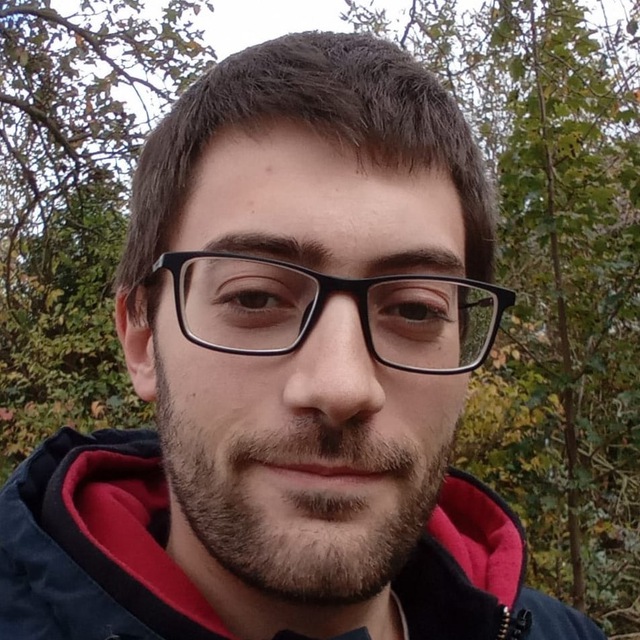
Jose Luis Pura Ruiz
| AREA | RESEARCH GROUP | INSTITUTE |
|---|---|---|
| Condensed Matter Physics | GdS Optronlab |
I graduated in Physics at the University of Valladolid in 2014, then I studied the Interuniversity Master in Nanoscience and Molecular Nanotechnology at the University of Alicante (Spain). After the master's degree, I obtained a grant from the University Teacher Training Programme (FPU) for the development of my doctoral thesis in which I studied the interaction of light with heterostructured semiconductor nanowires. I used both experimental and theoretical methodology, using micro-Raman spectroscopy and finite element simulations to understand the interaction of the nanowires with the electromagnetic field. This approach allowed me to discover a new effect of light amplification in the transition zone of these structures. During the course of my thesis, I spent three months at the Cambridge Graphene Centre at the University of Cambridge (UK) where I studied the amplification effect using graphene monolayers and became familiar with the techniques needed to study 2D materials. In 2019 I obtained my PhD in Physics from the University of Valladolid, specialising in Condensed Matter Physics. After finishing my PhD thesis I worked as an associate professor in the Optics area at the University of Valladolid for 1 year. I am currently a Margarita Salas Postdoctoral Researcher in the group of Optical Spectroscopies in plasmonic and semiconductor nanostructures at the Institute of Structure of Matter (IEM) of the CSIC in Madrid, where I study the interaction of light with metasurfaces. Within this field my main research topic focuses on the study of Bound States in the Continuum (BIC) and their applications.
I study the interaction of light with metasurfaces through bound states in the continuum (BICs). These states are characterised by the fact that they coexist with the normal radiation states and at the same time are perfectly confined in the metasurface. As a result, they are incapable of being excited or of emitting light by conventional means. By controllably breaking the symmetries that give rise to these states, I can make them capable of interacting with radiation again, and more importantly, I can control the degree of interaction and the properties that the light acquires in the process depending on the needs of the particular problem.
On the other hand, the use of new nanomaterials such as graphene makes it possible to endow metasurfaces and also final devices with new properties. In the case of graphene, the possibility of changing its degree of doping by applying an external electric field makes it possible to modify the properties of metasurfaces after their fabrication, and even during their operation, thus modifying their optical response according to our needs. In addition, graphene works particularly well in the THz range, which is of vital importance for applications such as the development of future 6G technology.
My vision is to continue advancing in the study of the optical properties of new nanomaterials and metamaterials to improve and create new applications in next-generation devices such as sensors, light-emitting devices, solar cells, lasers, filters, etc.

